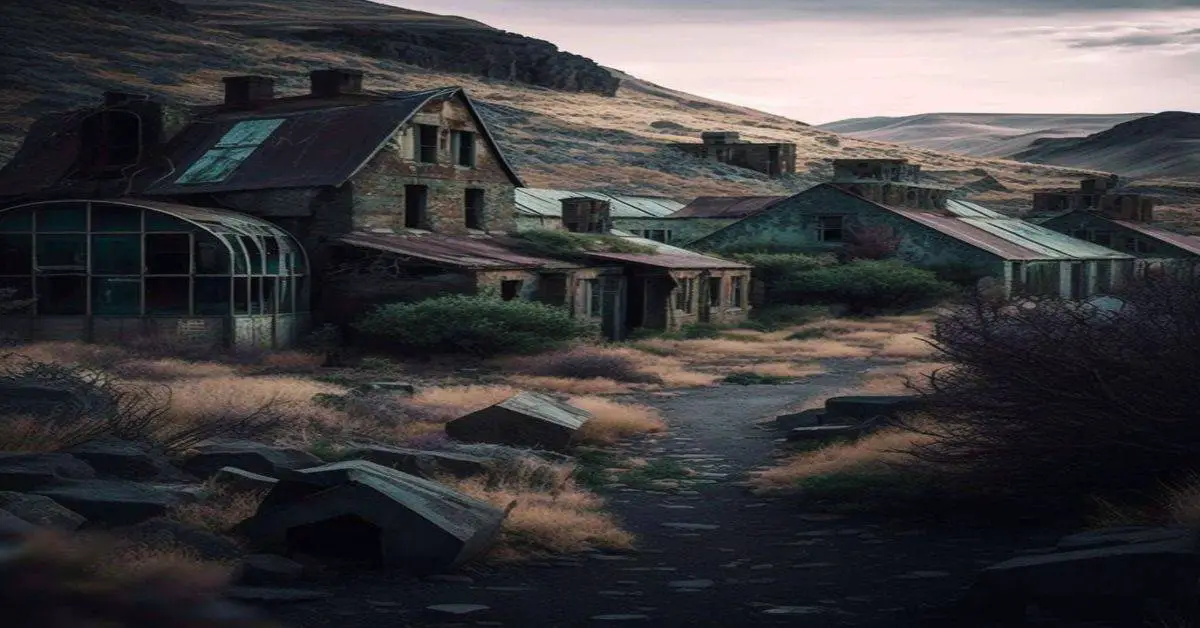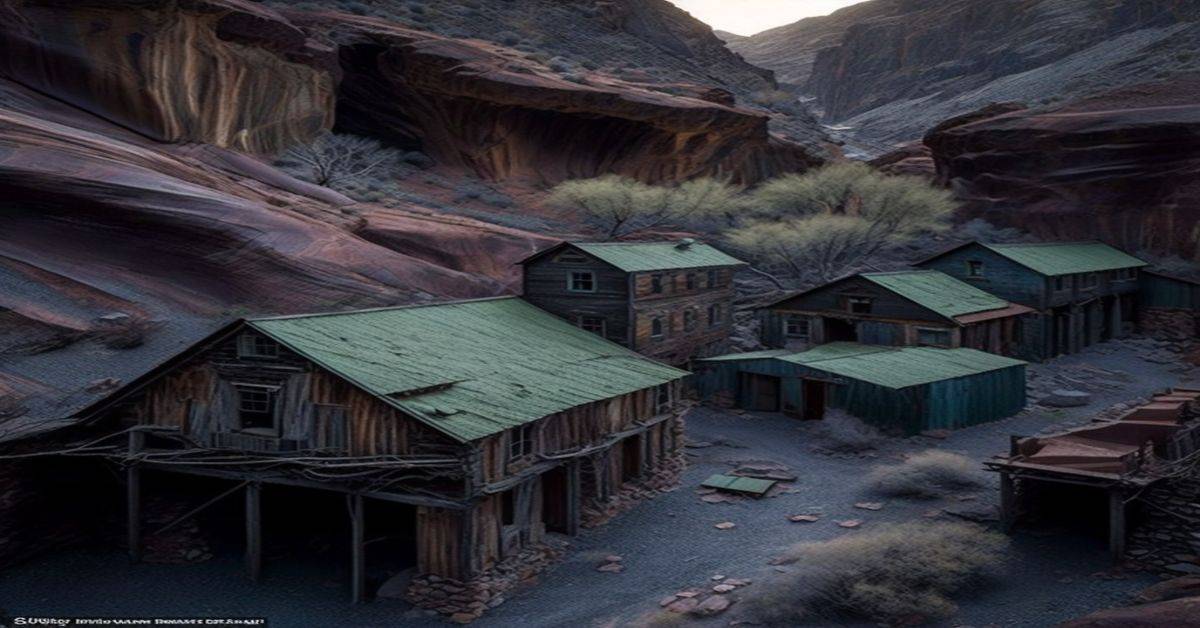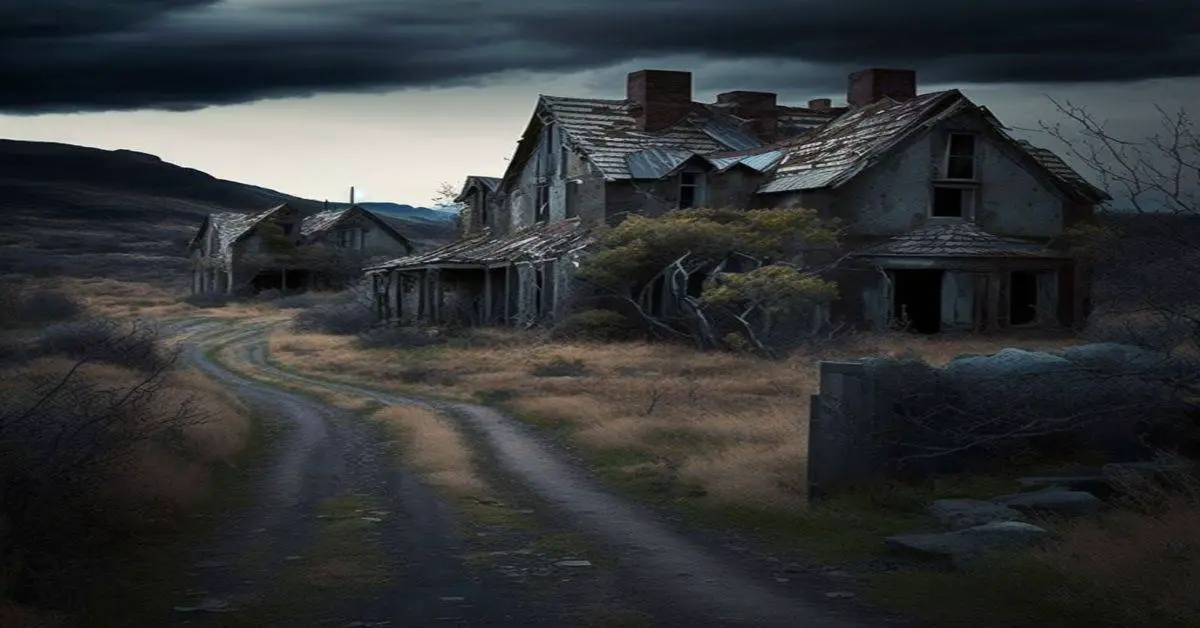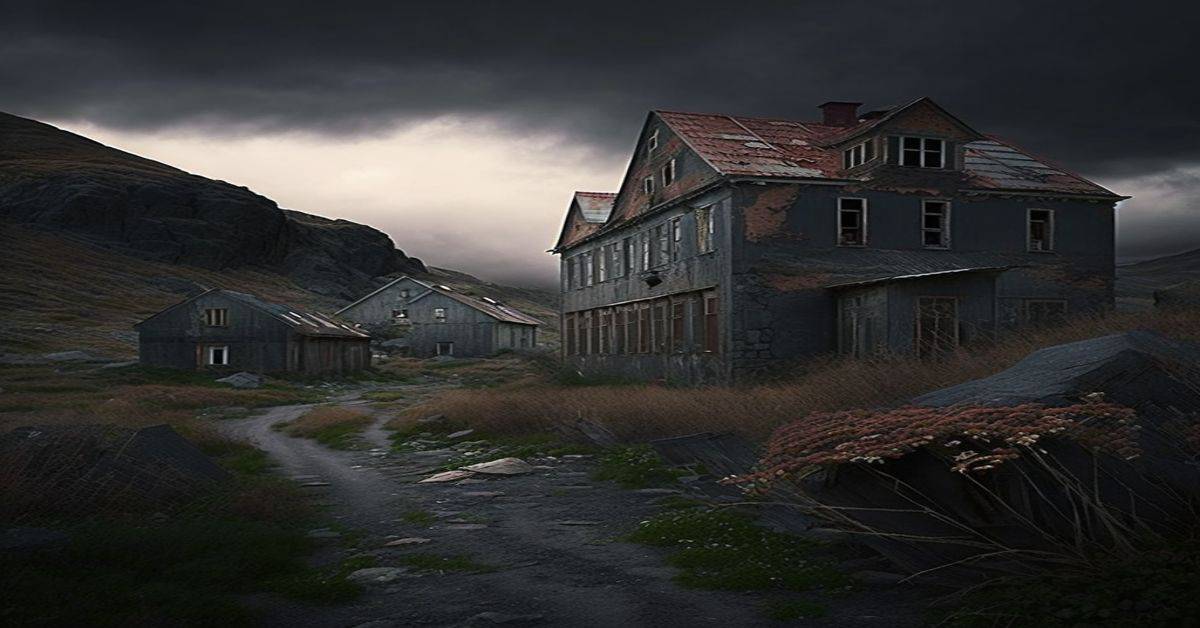Located on Highway 98 between Okeechobee County and Highlands County, the ghost town of Basinger is a testament to the once-thriving cowboy community and fort in Southern Florida.
It was the first area in present-day Okeechobee County to be settled by white people, and visitors can glimpse into the town’s rich history with various Cracker farm buildings, the Edna Pearce-Lockett Homestead, and the Basinger School.
However, the site is now closed to the public, and the remnants of this once-bustling town may be lost if no one takes on the task of restoring it.
Basinger’s history is steeped in its involvement in the Seminole Wars and the decline of its steamboat business. The town witnessed the Seminole Wars in the 1800s, which led to the forced removal of the Seminole Native Americans.
Basinger became a crucial center of military activity during this time, and the fort played a significant role in protecting the white settlers from Seminole attacks.
Additionally, Basinger’s steamboat business was a vital part of the town’s economy, as it transported goods and people from Basinger to other parts of Florida.
However, after a series of floods and the railroad construction, the steamboat business declined, and Basinger’s prosperity dwindled. Despite its closure and forgotten status, the ghost town of Basinger remains a fascinating glimpse into a bygone era of Florida’s history.
Key Takeaways
- Basinger was the first part of present-day Okeechobee County where white settlement is recorded, and it was a bustling cowboy community by the turn of the century.
- The majority of the settlers were cattlemen who also hunted alligators and coons, and the name “cracker” originated as a cattle term for those who used whips.
- The town had two periods of prosperity, one during the 1800s and another during the early 1900s, but it slowly disappeared when the railroad passed up the area.
- The remains of Basinger include various Cracker farm buildings, the Edna Pearce-Lockett Homestead, and the Basinger School, but the site is now closed to the public and may be lost.
Location and Directions
Navigating through the Floridian wilderness, one may follow the Florida Turnpike South and exit at Yeehaw Junction to embark on a journey westward, eventually arriving at Highway 98 where the abandoned remnants of Basinger’s cowboy community await exploration.
The ghost town of Basinger is located on Highway 98, between Okeechobee County and Highlands County. The town can be reached by taking Highway 441 south and turning right onto Highway 68 West. The road dead-ends onto Highway 98, where travelers can take a left and continue for approximately 3-5 miles. Fort Basinger is located on the left side of the road when crossing the bridge.
While exploring the ghost town of Basinger, visitors can experience the Edna Pearce Lockett Homestead and School, both historical landmarks in the area. The town also boasts of various cracker farm buildings and remnants from the cowboy community that once thrived in the area.
Nearby accommodations include hotels, general stores, and clothing stores, once part of the bustling community. However, visitors should note that the site is currently closed to the public and may soon be lost, as it will go up for public auction.
History and Settlers
White settlers established the settlement of Basinger after the civil war and became a bustling cowboy community by the turn of the century, with the majority of settlers being cattlemen who also hunted alligators and coons.
The name ‘cracker’ was applied to natives of Georgia and Florida and is said to have originated as a cattle term for those who used whips, which were the chief weapon of the Florida cowboy.
The early settlers of Basinger were primarily families with surnames such as Parker, Holmes, Raulerson, Chandler, and Underhill.
The town experienced two periods of growth, one during the 1800s and another during the early 1900s.
Despite boasting two hotels, a general store, clothing stores, and a post office, the town slowly disappeared when the railroad passed up the area in favor of the town of Okeechobee.
Today, the remnants of Basinger serve as a reminder of the once-thriving cowboy community and the important role it played in the history of Florida’s cattle industry.
Remains and Closure
Unfortunately, the remnants of Basinger are now closed to the public as it is part of the South Florida Water Management District (SFWMD), and they have been unable to find someone to operate and restore the site.
Restoration efforts have been stalled, and the site’s future is uncertain as it may be lost through public auction. It is a significant loss for those interested in the history of Basinger, as it was once a bustling cowboy community with various Cracker farm buildings, the Edna Pearce-Lockett Homestead, and the Basinger School.
The site’s closure is a testament to the challenges of preserving historical landmarks, especially those that lack funding or interest.
It is crucial to recognize the importance of these sites as they provide a glimpse into our past and shape our understanding of the present.
The potential auction loss of Basinger underscores the need for sustained efforts to preserve historical sites and landmarks for future generations to learn from and appreciate.
Frequently Asked Questions
What other industries besides cattle and alligator hunting were prominent in Basinger during its heyday?
The economy of Basinger during its prime revolved around ranching and hunting alligators and coons. Farming was also prominent, with settlers growing citrus and vegetables. Other industries were not significant in the town’s history.
How did the decline of the steamboat business affect the town of Basinger?
The decline of the steamboat business had a significant impact on Basinger, which relied heavily on it for transportation and trade. The town’s economic diversification and historical preservation efforts were hindered, leading to its eventual disappearance.
Are there any plans to restore the Basinger site in the future?
While there are no immediate plans for restoring the Basinger site, efforts are being made to secure funding sources and find a suitable operator. The site is currently closed and will be auctioned off.
What other notable events or battles occurred at Fort Basinger during the Seminole Wars?
Fort Basinger was named after a lieutenant killed in the Dade massacre during the Seminole Wars. It was a site of several battles, including the Battle of Lake Okeechobee. The fort played a significant role in the history of the region.
Are there any notable figures or stories associated with the Daughtrey and Pearce families who settled on the Highlands County side of Basinger?
The Daughtrey and Pearce families were early settlers on the Highlands County side of Basinger, but no notable figures or stories are associated with them. Their contribution to the settlement of the area remains significant.



